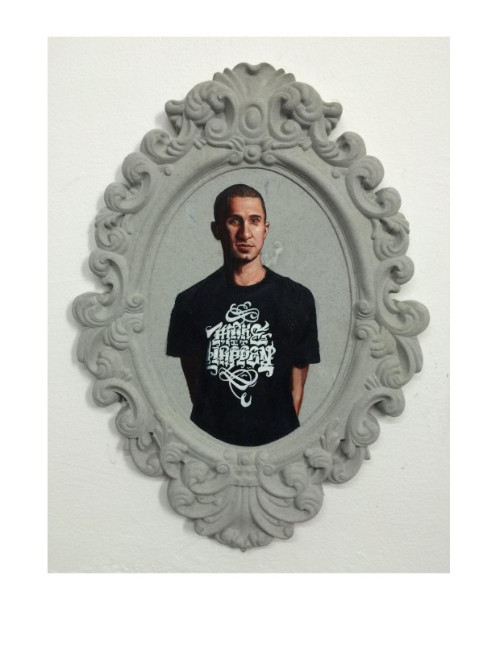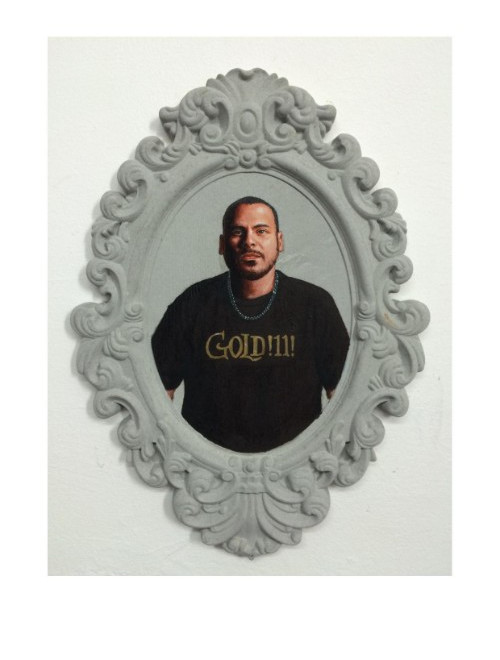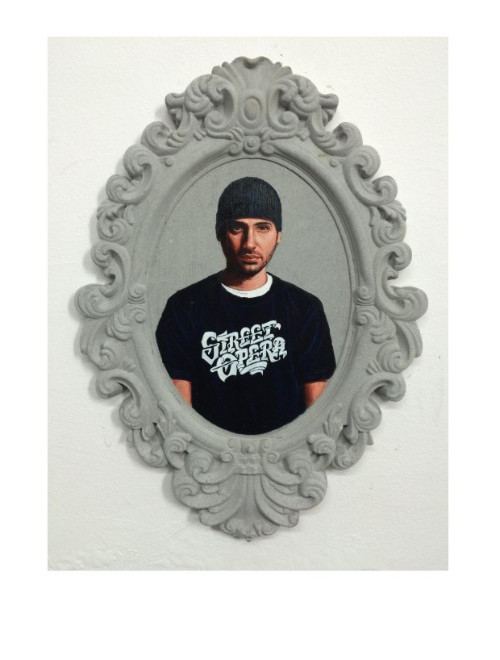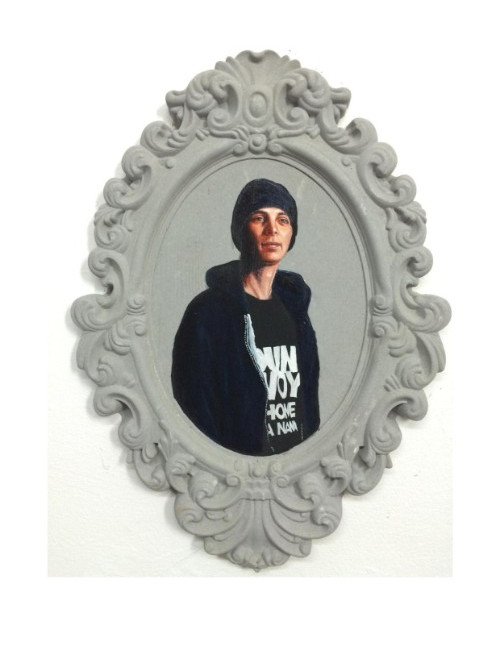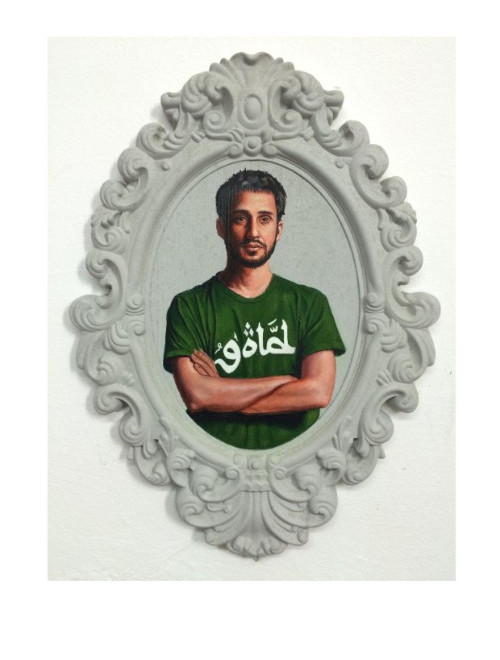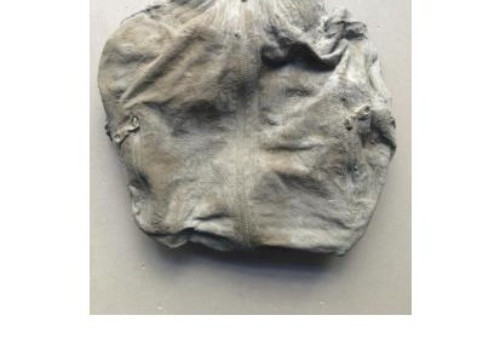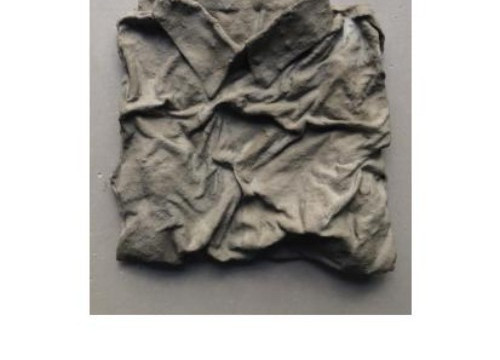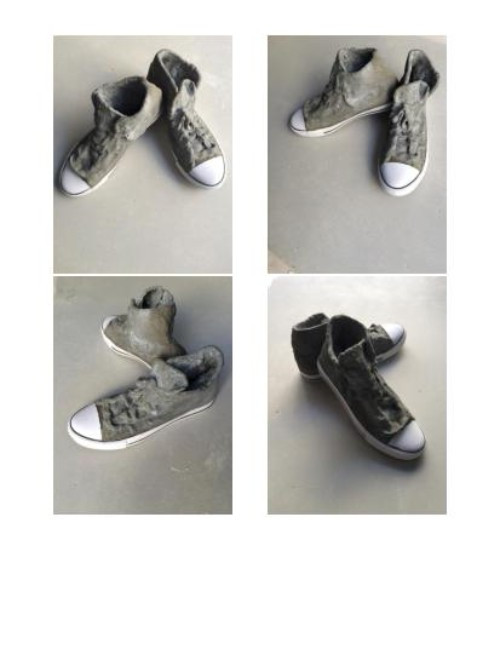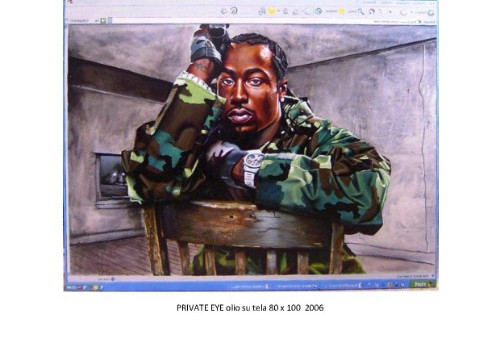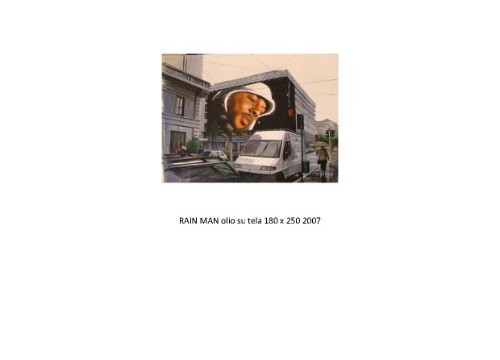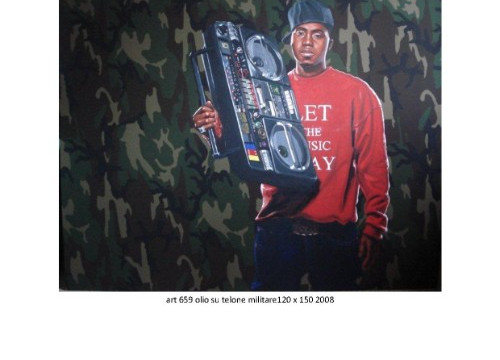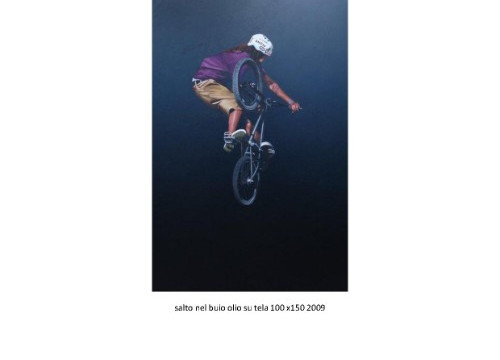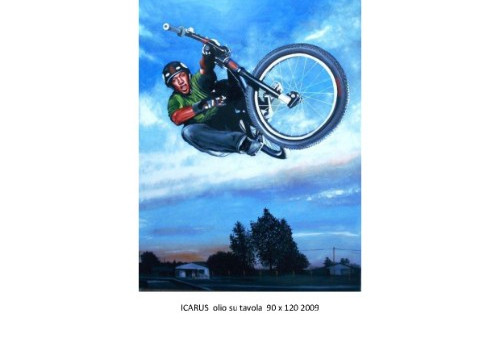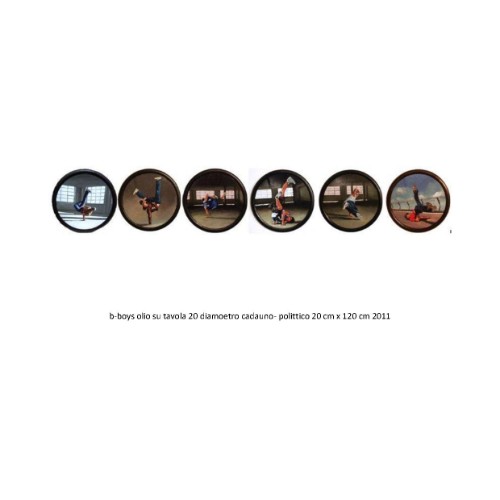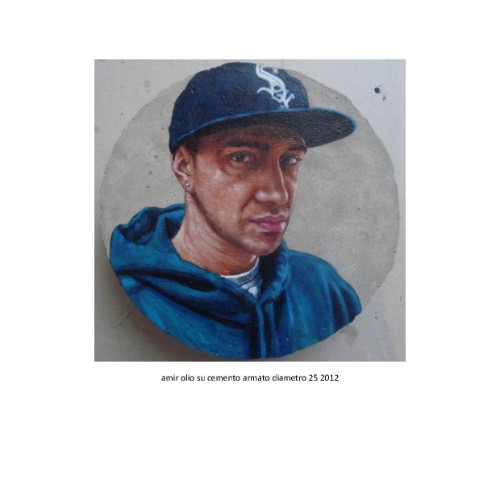More than 150 group exhibitions from New York to London, more than 20 solo appearances and works-of-art recognised around the world. The hip-hop style and concrete works of Italian sculptor and artist Mario Loprete offer a special and unique vision. Recently visiting Budapest, we sat down for an interview with Mario who combines pop culture and the arts in a unique way.
You studied at the Accademia di belle arti Catanzaro. What were your main subjects?
Catanzaro is a small city in southern Italy, but has a very important academy of fine arts, with good national awards. I fondly remember the years spent in the academy. There are many subjects I studied with pleasure, but what has remained with me was the contact with the other students. I absorbed their energy, transforming my artistic ideas into strength.
Did you have a mentor or somebody who had a great impact on you?
Artistically I was a self-taught person, studying the history of art and the great masters in an aseptic way, without external contamination. Until 1998 I painted without precise rules and with the most varied techniques, trying to understand the mixtures and veils of the masters of the nineteenth and twentieth centuries. With my studies in the academy and attending galleries and museums around Europe, I understood that my work needed the energy that only my constant commitment to research gave me.
Why did you choose to be an artist, what does this profession mean to you?
A man does not choose to be an artist, it is art that takes possession of the man.
I find myself on the street, or at the helm, and my brain automatically traces the perspective of what I see and mentally mixes the colours, looking for the colours on the palette of my soul, memorising and stepping to the next urban landscape…
This is what makes a man an artist. You live in a world to be shaped to your own pleasure, to communicate through pictorial or sculptural gestures, the synthesis of human experience, the photography of a reality through personal filters, refined in years and years of research and experimentation
You paint and you also make sculptures. How can you do two artistic self-expressions side by side?
Painting for me is my first love, the most important love of my life, pure and heavenly. Creating a portrait by finding in the subject a concept that I want to communicate is the basis of my painting. Sculpture is my lover, my “artistic betrayal” to painting. That voluptuous and sensual lover that gives me different emotions, that touches prohibited ropes…. Alternating painting and sculpture, always communicating the same message, makes me a complete artist.
What inspires you the most, what do you want to show your audience?
Visiting cities like Milan, Amsterdam, Basel and Rome I stumbled upon billboards as big as buildings that housed promotional messages. So I asked myself, why not paint real and recognisable metropolitan views, replacing advertising with my B-boys?
The result was very successful, I insinuated the doubt about the truthfulness of the billboard or how I managed to paint a picture of such a large size.
My art has always been aimed at those who recognise themselves in it: who sees a message, who sees my message. Art is bought for taste, for pleasure, for investing. I like to be able to think that whoever buys my works buys a temporal door and whoever wants to cross it will be led into my world, to my way of seeing the contemporary through art.
Concrete is your main artistic material. Why did you choose this unusual substance?
The new series of cement works is the one that gives me more personal and professional satisfaction. How was it born? It was the result of an important investigation into my work in search of that “something” that I felt was missing. Looking at my work over the last 10 years, I realised that there were semantics and semiotics in my visual discourse, but the right support was not there to enhance them.
Reinforced concrete. Concrete was invented two thousand years ago by the Romans. It has a thousand-year history made of amphitheatres, bridges and roads that conquered the ancient and modern world. Now it is a synonym of modernity. Wherever you go and come across a reinforced concrete wall, there is the modern man.
From Sydney to Vancouver, from Oslo to Pretoria, reinforced concrete is present; therefore the ideal support is available where writers can express themselves and express themselves.
The next step for me was obvious. If man brought art into the street so that it could be enjoyed by everyone, why not take the urban into galleries and museums? It was the winning step in the continuous evolutionary process of my work, the “something” that I said before leads me to exhibit in prestigious places and be requested by important collections.
Your creations have been exhibited worldwide – from Los Angeles to New York and from Amsterdam to London and you have also had numerous exhibitions. What’s the secret of your success?
In art, everything has been said. I believe that the artist’s task is to understand contemporaneity. The most serious error, in my opinion, is to give an anachronistic or futuristic interpretation of reality. The first fossilises ideas, the latter will be perceived wrongly.
Relating through concrete as a medium makes the concept seem familiar. Cement is part of our everyday life at any latitude.
This is how you describe your art in a previous interview: “My work focuses on research and documentation of the world of hip-hop.
My research brings me a document on the stereotypes that crowd the music genre, from which I “feed” while I paint: hip-hop.
In the work of my cycle “Black”, in which I investigate and explore the world of hip hop, I look for iconographic reference points with the world of young Italians, carefully absorbing inspirational foundations from the American stereotype.
Everything started in the 1970s from the explosive mixture of different styles: soul, jazz, R&B (Rhythm & Blues), funky and Black music all mixed artfully by DJs, which through the zero, the cut and the wind is a real charge of musical energy.
This philosophy of life is now no longer relegated to just US boundaries, but rather it can be found at any latitude.” – what caught you in the hip-hop world, why this genre?
In a short time the definition “Hip-Hop” identified not only a musical style but also a philosophy, a lifestyle, a culture that ranges in different moments of people’s life: from “street” sports such as skateboarding, everything to do with metropolitan art and dance with break dance, a wave so powerful as to give life to a real Hip-Hop community present throughout the world.
Hip-Hop is based on a different discipline: MC-ing (Master of Ceremonies) is the singer, so to speak, as life is to words, the DJ-ing that provides a soul for the text, the breaking that distinguishes the movements and finally the writing called by the profane graffiti; the guys in this culture are called “B-BOYs”, while the “FLY” girls more generally identify themselves all under the name of “Rappers”.
Well, all this I try to take back into my work, to elevate Hip-Hop and make it known as a movement of revolt against youthful discomfort.
My continuous research is a product created for millions of years, but at the same time current. It is the material that most symbolises Western industrialisation and modernity. At every latitude it is used as a base on which writers explode their creativity. In the same way, I use cement as a support for my oils. My desire is to bring the city, urban style and the contemporary to houses, to galleries in the museums.
I do not want to be the voice of the ghetto (I live in Catanzaro!?!) But an element of aggregation in a reality where it is true that geographical distances have been reset, though it is true that we reject everything that is different from “us”.
You’ve been to Budapest recently and want to live here at some time in the future. What do you think about the city?
Budapest was a unique experience for me. I felt at home during my stay. It’s a great place to live. A city on a human scale. I would like to spend a period of my life there.

What’s your opinion about Budapest’s cultural scene, especially the sculptures?
I would like to focus only on the most important aspect that caught my attention: Budapest, but I think Hungary in general, is very attentive to national art. It has a strong commitment to Hungarian artists, even before foreign artists.
I believe the valorisation of national artists should be a primary focus for administrations, for politics, for galleries and museums. Only then can one think of supplementing them with international artists, giving more strength and importance to artistic projects that would inevitably remain within the regional borders. In this, Hungary is a teacher.
Which cities have you lived in? Which one(s) were significant to you and why?
It would be too long to list the cities I have lived in. Let’s say that I mainly like to visit cities which are totally foreign to tourist routes. Cities that tell of genuine people, not sweetened and distorted. There you can find churches 400/500 years’ old to visit in religious silence, next to the faithful, not tourists. You will come across small museums or galleries where you can find works of art that the general public will never see, but some have the artistic strength to stay with dignity at MOMA.
If I had to choose a city? I would choose New York…
I have not visited it yet. I believe that New York is the point of arrival and the starting point for an artist who decides to dedicate his life to art.
In which direction would you like to expand your art?
To have my image on the cover in the September 2068 magazine of FORBES, which celebrates the 100 birthdays of the richest and most influential living artists in the world…
A list of Mario’s next exhibitions:
June 2018 – Solo show in Dadada Beach Museum, curated by Roberto Talarico, in Montauro – Italy, September 2018 – Solo show in Atelier Carlo Tozzi in Amsterdam, curated by Carlo Tozzi.
April 2019 Solo show in Complesso Monumentale San Giovanni in Catanzaro with the collaboration of Ivan Cardamone, September 2019 Solo Show in Reggia di Caserta, curated by Vincenzo Mazzarella.

















